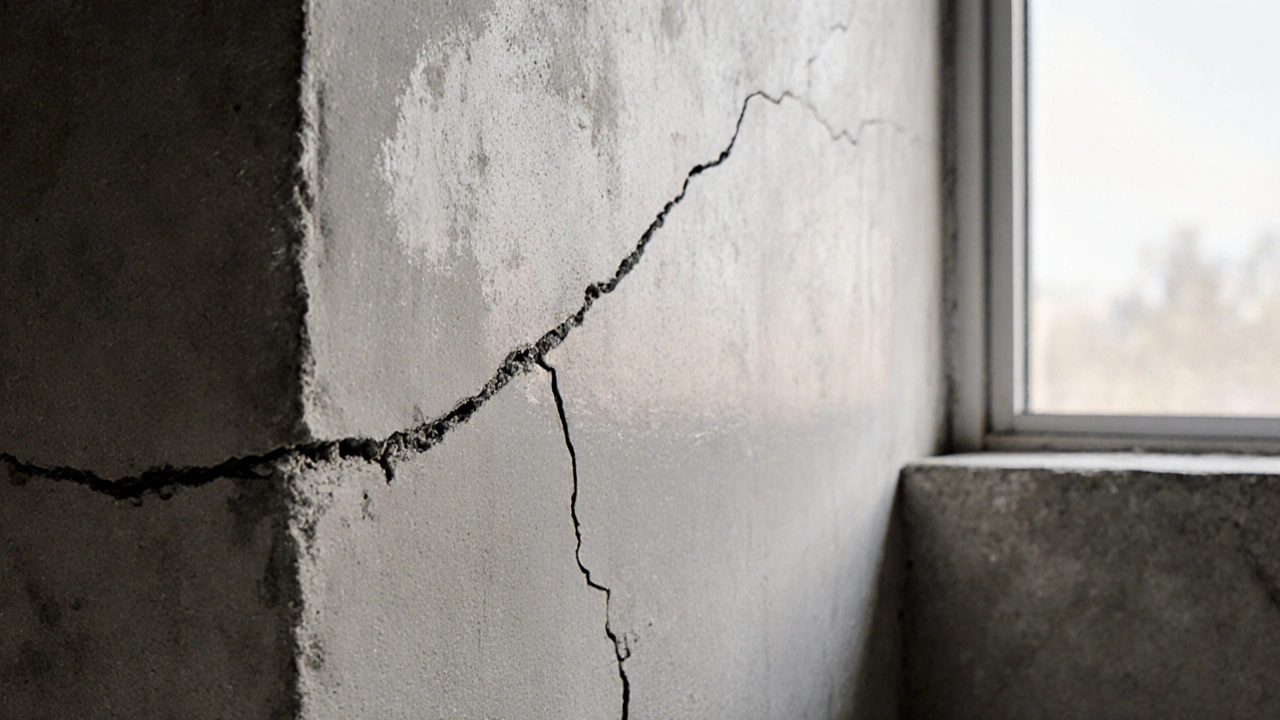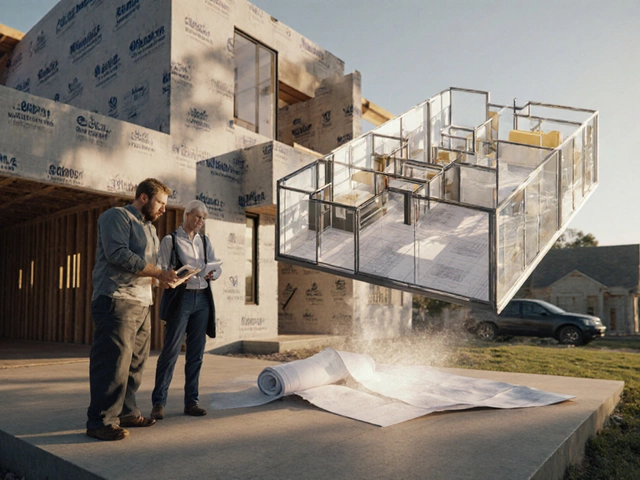Foundation Damage: Signs, Causes, and How to Fix It
When your home’s foundation damage, the structural failure of a building’s base that compromises stability and safety. Also known as structural settlement, it’s not just a crack in the wall—it’s the ground beneath your feet shifting, sinking, or pushing back. Most people don’t notice it until the doors stick, the floors slope, or the wallpaper tears for no reason. By then, it’s often too late for a quick fix.
Foundation damage doesn’t happen overnight. It’s usually the result of foundation settlement, the gradual sinking or uneven movement of a home’s base due to soil conditions, water exposure, or poor construction. Older homes in the UK are especially vulnerable—clay soils swell when wet and shrink in drought, putting pressure on concrete slabs and brick foundations. Horizontal foundation crack, a dangerous type of crack running sideways across a wall, often caused by lateral soil pressure is a red flag. Unlike vertical cracks from drying concrete, horizontal ones mean the wall is bending under pressure. And if you see one, drainage issues are almost always the hidden cause.
It’s not just about cracks. Look for gaps between walls and ceilings, uneven floors, or windows that won’t open. These aren’t just cosmetic—they’re symptoms of something deeper. Many homeowners try to patch cracks with filler or paint over them, but that’s like putting a bandage on a broken bone. The real fix involves understanding what’s pushing or pulling the foundation: leaking pipes? Poor grading? Tree roots? Without addressing the root cause, any repair will fail.
Some fixes are straightforward—like installing drainage systems or using carbon fiber straps to stabilize walls. Others need steel beams or underpinning, which can cost thousands. But knowing the difference between a minor issue and a major one saves time and money. That’s why the posts below cover everything from how to spot early warning signs, to whether you can fix it yourself, to what repairs actually add value to your home. You’ll find real cost estimates, DIY limits, and what professionals actually do when they show up with their tools. No fluff. Just what works.
What Size Crack in a Foundation Is Actually Safe to Ignore?
Not all foundation cracks are dangerous. Learn what size crack is acceptable, when to worry, and how to prevent costly repairs in Vancouver homes. Get clear guidelines based on real inspections and local conditions.
full article




